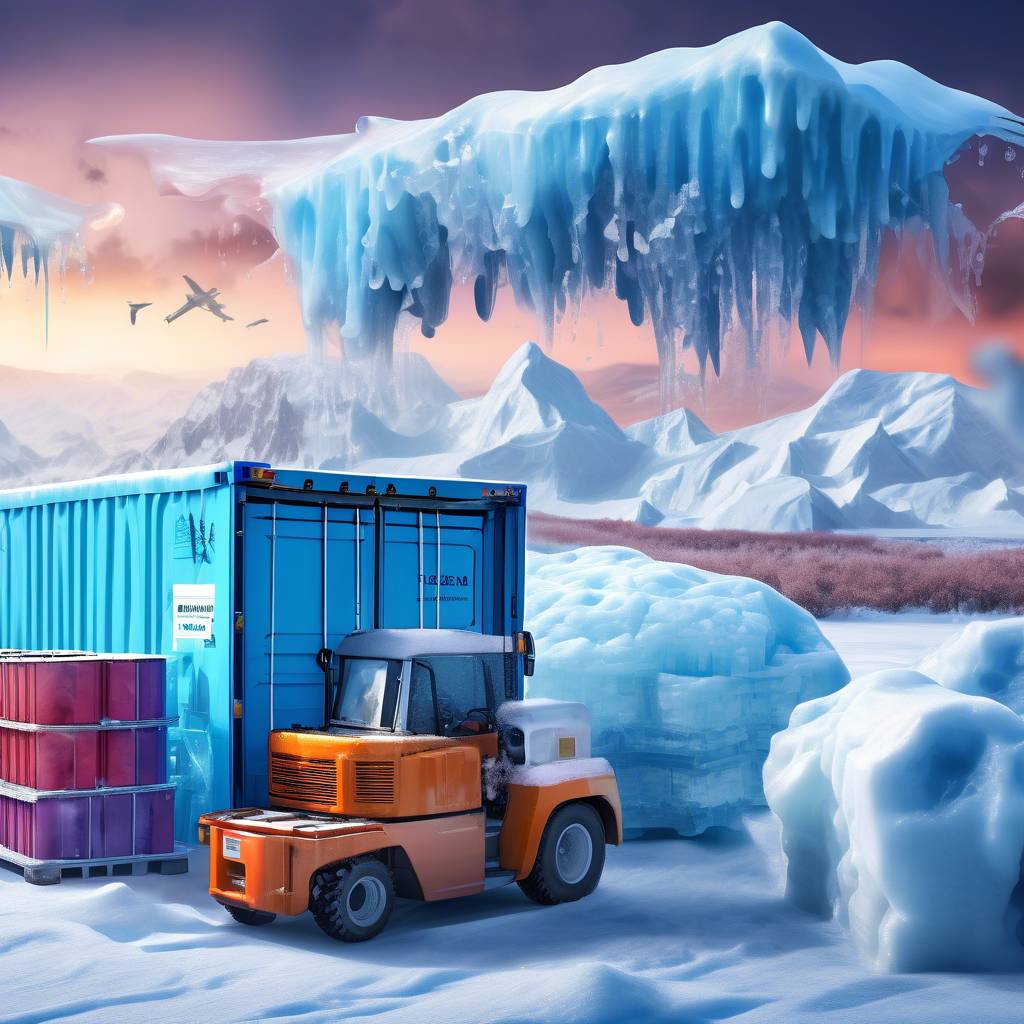Morten Johansen, COO of DP World Americas, is at the forefront of a quiet transformation within the frozen foods industry. Traditionally, perishable goods have been transported at a freezing standard of minus 18 C to extend shelf life, preserve nutritional quality, and minimize waste. However, amid a global food security crisis, companies are reimagining the cold chain in an effort to bolster food security and mitigate the impacts of climate change. Johansen’s company recently launched a campaign to raise the temperature to minus 15 C, challenging the long-standing industry standard.
Transporting frozen foods globally accounts for a significant portion of global energy needs and greenhouse gas emissions. The issue of food waste is also prevalent, with millions of tons of food lost annually due to inadequate refrigeration. The United Nations Environment Programme and the Food and Agriculture Organization estimated that in 2017, wasted food emissions resulting from inadequate refrigeration amounted to one gigaton of carbon dioxide, contributing to greenhouse gases and exacerbating food insecurity. As the logistics industry seeks to reduce carbon emissions and energy costs rise, reevaluating and modernizing cold chain methods is critical.
A 2023 study supported by Johansen’s company suggests that a simple adjustment in frozen food temperatures—from minus 18 C to minus 15 C—could have significant environmental and economic impacts. The research projects an annual reduction of 17.7 million metric tons of carbon dioxide emissions, equivalent to the emissions generated by 3.8 million cars in a year. In addition to environmental benefits, lower costs within the supply chain, estimated to range from 5% to 12%, could enhance competitiveness within the industry.
To achieve the transition to new frozen food standards, industry leaders must work together to adopt a mindful approach that establishes a clear vision and road map. Effective communication, systems analysis, stakeholder engagement, and collaboration are essential components in driving sustainable change within the cold chain industry. Setting transparent goals, tracking progress, and making necessary adjustments are key to accelerating change and reinforcing new behaviors or processes consistently.
Companies can address missing skills across various stages in the transition to new frozen food standards by collaborating with educators, manufacturers, policymakers, and customers. Sharing knowledge efficiently through a systemwide model, local test sites, and manufacturing accelerators can help swiftly disseminate solutions to various locations. It is crucial to prepare for any unintended consequences of raising temperatures by acknowledging unpredictability and using it to fuel efforts towards sustainable and dynamic leadership in reshaping enduring norms within the cold chain industry.
This quiet revolution in cold chain logistics presents a bright prospect for the future of global nutritional access amidst growing populations and climate uncertainties. By reshaping long-standing norms and inspiring hope for a more robust and nourished world, industry leaders like Morten Johansen are paving the way for effective food systems essential for global food security. Sustained effort, visible leadership, and dynamic collaboration are necessary for success in this transformative journey towards a more sustainable cold chain industry.









